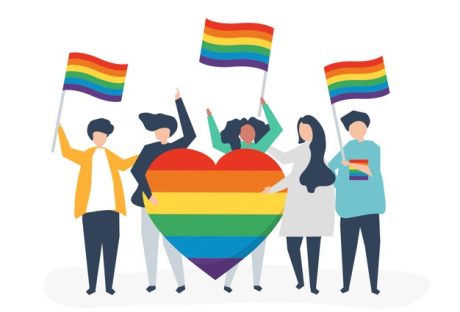Social security disability can provide the much-needed financial assistance when you suffer a disability and can no longer work or earn as you used to. You can be eligible for the benefits as long as you have paid into the social security disability insurance program. The application for SSD benefits can be complicated; needless to say, many initial applications are denied.
According to social security disability administration reports, more than half of the disability claims filed are denied in the first attempt. Many applicants do not take time to familiarize themselves with the requirements and rules of filing a social security disability claim. That said, avoid these 7 costly mistakes that can ruin your social security disability claim.
Submitting inaccurate information

Submitting inaccurate information can lead to the denial of your social security disability (SSD) claim. All the information and documents you provide when filing your social security disability claim must be accurate and factual. In fact, most of the statements in your claim should be backed up by documentation. Ensure you are truthful and accurate in all your verbal and written statements.
Waiting for too long to fie the claim
Accepting that you have suffered a disability and may not be able to work for the rest of your life can be daunting. However, the more you wait before filing your social security disability claim, the more you hurt yourself. You should file the claim immediately after you become disabled.
Exaggerating the extent of the disability
Many SSD claimants make the mistake of exaggerating their condition in an attempt to demonstrate that they are eligible for the social security benefits. When filing an SSD claim, you must provide a medical report and other records that indicate you have a disability that meets the SSD definition of a disability. You must have suffered the disability for at least a year, or it should be expected to last a year or more or even lead to death.
Giving insufficient information
When filing a social security disability claim, you must provide adequate information and documentation regarding your disability, work history, and physical limitations due to the disabling injury or condition. You must provide all the supporting documents and data to support your claim.
Failure to visit a doctor regularly
Failure to see the doctor regularly could be used as evidence that you were not disabled at the time because you weren’t seeking treatment. You can liaise with an SSD attorney to help you seek affordable medical treatment options.
Failure to meet the claim appeal deadline
If your initial SSD claim is denied, you have 60days to request a reconsideration. If you fail to meet the timeline, you have to start the application process afresh.
Filing the claim without legal assistance

Although some people manage to obtain SSD benefits by filing the claim on their own, seeking legal assistance is advisable, especially when you don’t know the rules and requirements. A lawyer helps you avoid costly mistakes that could permanently impact your chances o qualifying for SSD benefits. Even if your initial claim was denied, it is never too late to seek legal assistance.
Read Also:






















